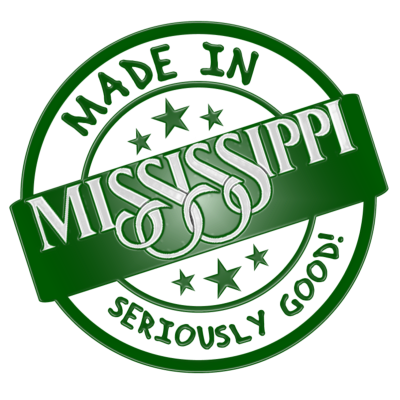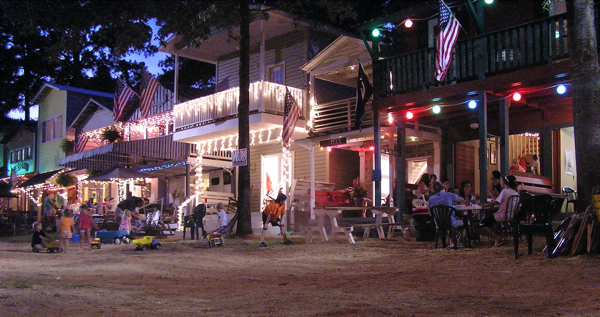Years ago, the Jackson Auditorium was renamed “Thalia Mara Hall” and I am sad to say that I didn’t know who Thalia Mara was, but eventually I discovered that she was directly responsible for bringing the International Ballet Competition to Jackson, Mississippi. Mississippi has benefited immeasurably from Thalia Mara’s presence in our State even if she wasn’t born here!
“The USA International Ballet Competition, or USA IBC, is one of the world’s top competitions for ballet. Located in Jackson, Mississippi, this competition is attended by dancers from all over the world to represent their country for bronze, silver, or gold medals in a variety of categories of ballet in an Olympic-style competition.” – Wikipedia
From the USA IBC website:
The dance world comes to Jackson because Thalia Mara found her way here in 1975.
The first International Ballet Competition premiered in Varna in 1964 and eventually grew into a cycle of ballet competitions that rotated among the three cities of Varna, Moscow and Tokyo. In 1975, the Jackson Ballet Guild invited Thalia Mara, renowned ballet teacher and educator, to develop a professional ballet company and school for the state of Mississippi. As a part of her development plan, she introduced city leaders to the idea of ballet competitions and convinced them to secure the USA IBC for the city of Jackson. In 1978, the nonprofit corporation, Mississippi Ballet International, Inc. (MBI), was created to produce the first International Ballet Competition in the United States. Robert Joffrey, renowned Artistic Director of the Joffrey Ballet, agreed to chair the first international panel of jurors. With the help of local, national and international endorsements, combined with the energy and commitment of the citizens of Jackson, the first USA International Ballet Competition was held in June 1979, featuring 70 dancers from 15 countries.
At the conclusion of the first competition, a sanction was received from the International Dance Committee of the International Theater Institute (ITI) of UNESCO for the USA IBC. Thus, Jackson joined other ITI‑sanctioned competitions that rotated each year among Varna, Moscow, and Tokyo.
In 1982, the United States Congress passed a Joint Resolution designating Jackson as the official home of the International Ballet Competition. The second USA IBC was held the same summer with 78 dancers representing 19 countries. The 1982 competition was featured in a 90‑minute ABC/PBS film, To Dance For Gold, which aired around the world. Subsequent competitions have enjoyed an ever-growing number of competitor applications in addition to worldwide publicity and acclaim.
Mission
The USA International Ballet Competition provides an opportunity for dancers to test themselves against recognized international standards of dance excellence and showcase their technical skill and artistic talent; it provides a forum for communication and intercultural exchange, and educates, enlightens and develops future artists and audience support for the art of dance.
From The New York Times:
Thalia Mara died at the age of 92 in October, 2003.
Born in Chicago to Russian parents, Ms. Mara trained with some of the great ballet figures of the 20th century, among them Adolph Bolm, Olga Preobajenska, Nicholas Legat and Michel Fokine. She made her professional debut in 1926 with the Ravinia Park Opera Ballets in Chicago, leaving after a year to join the Carina Ari Ballet in Paris.
Ms. Mara directed the Jacob’s Pillow Dance Festival in 1947 and also danced there with her husband, Arthur Mahoney, from whom she separated in 1964.
The two founded the National Academy of Ballet and Theater Arts in New York in 1962. The school closed in 1973.
Ms. Mara wrote 11 books on ballet, many of which were dance students’ easy-to-read instructional works, including ”The Language of Ballet,” ”So You Want to Be a Ballet Dancer” and the ”Steps in Ballet” series. Many were translated and published in other countries.
Ms. Mara moved to Jackson, Miss., in the mid-1970’s, at an invitation of the Jackson Ballet Guild to create a professional ballet troupe. She worked with the company for six years, resigning in 1981. A judge at the International Ballet Competition in Varna, Bulgaria, Ms. Mara worked with Robert Joffrey, the artistic director of the Joffrey Ballet, and the dance writer Walter Terry to create a competition on that circuit in Jackson. She served as the artistic director for the triennial USA International Ballet Competition from 1986 to 1994.
Ms. Mara founded the nonprofit Thalia Mara Arts International Foundation, which sponsored teacher training scholarships, a piano competition and performances in Jackson by dance companies and musicians. In 1994 the city’s Municipal Auditorium was renamed Thalia Mara Hall.



